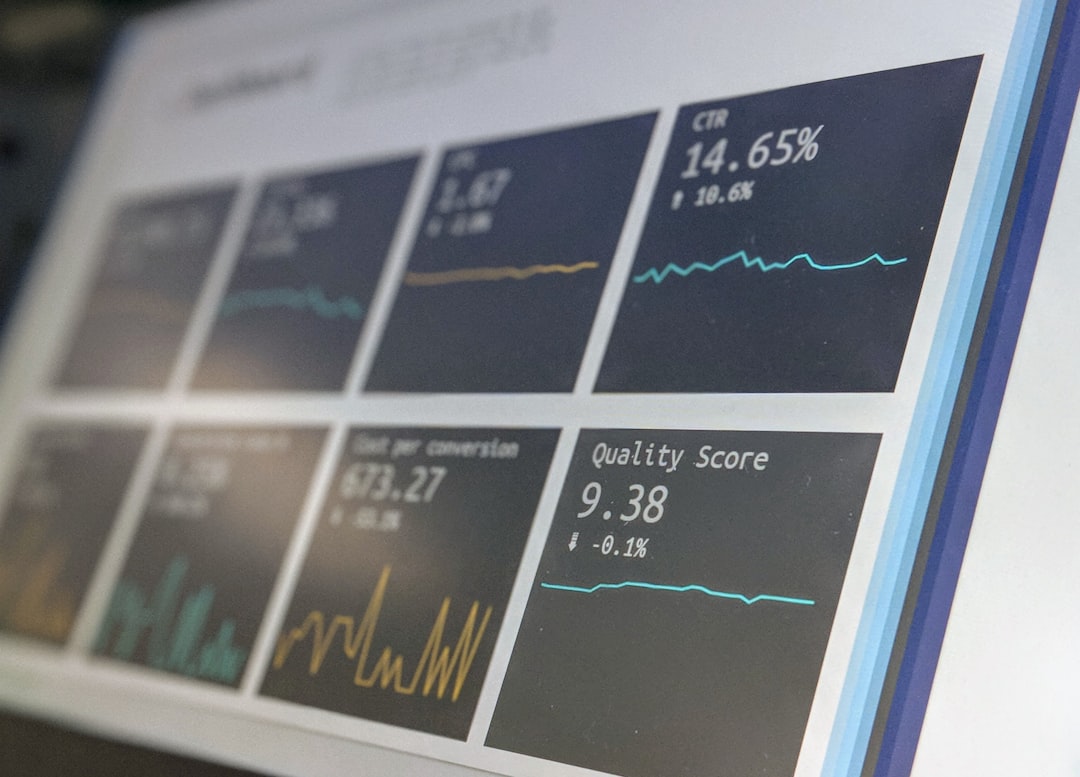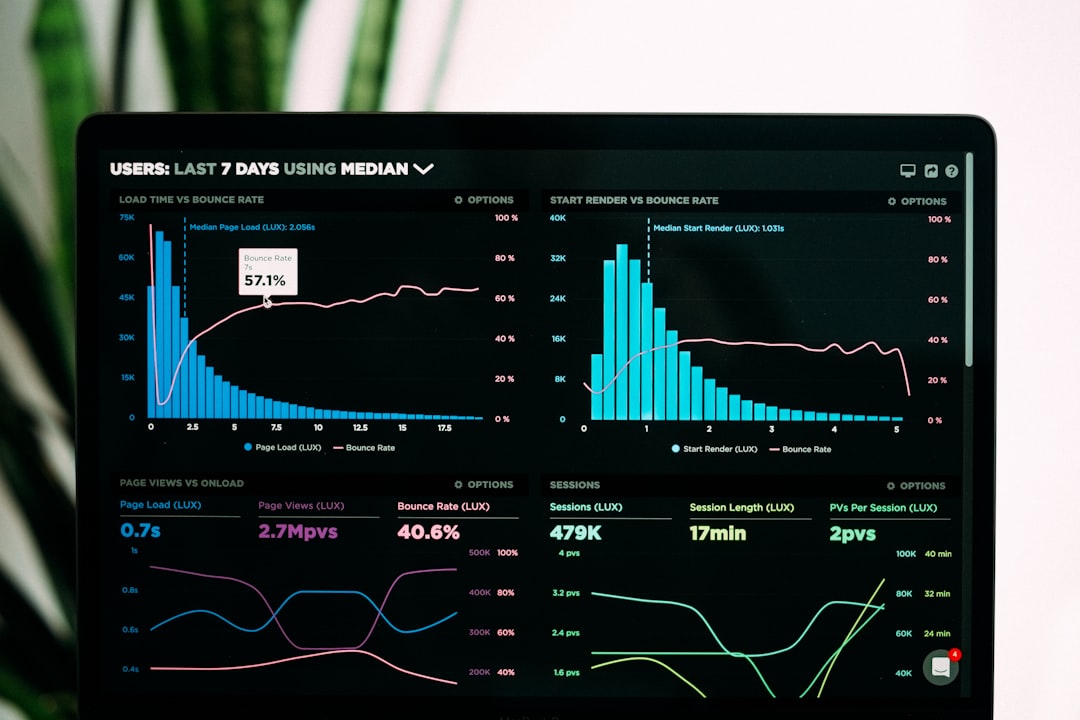
How Taxes Impact the Economy: A Comprehensive Overview.
## Introduction. Taxes, an integral part of any government's revenue system, play a significant role in shaping a nation's economy. As citizens and businesses contribute to the state through taxes, the collected funds foster various social and infrastructural developments. Understanding how taxes impact the economy is vital for anyone interested in economic policies, business strategies, and governmental decisions. This blog post will delve into the multifaceted effects of taxes on different economic elements, from individual behavior to entire market ecosystems. ## The Role of Taxes in Government Revenue. Taxes serve as the primary source of revenue for governments worldwide, providing necessary funds for public services, infrastructure, education, and healthcare. Income taxes, sales taxes, property taxes, and corporate taxes contribute to the national budget, enabling the smooth running of essential services. When tax revenues are properly allocated, they can lead to improved public goods, which in turn enhances the quality of life for residents. However, misallocation can result in inefficiencies that detrimentally affect economic growth. For instance, excessive taxation on businesses may discourage investment, hampering job creation and economic expansion. ## Individual Behavior and Consumption Patterns. Taxes directly influence individual behavior and consumption patterns. When tax rates increase, individuals may have less disposable income to spend, thus reducing overall consumption. A decrease in consumer spending can lead to slower economic growth, as businesses struggle to generate revenues sufficient for sustainable operations and expansion. Conversely, tax cuts often stimulate consumer spending, as individuals enjoy more disposable income. Increased spending can drive demand for goods and services, ultimately boosting overall economic performance. ## Taxes and Business Investment Decisions. For businesses, taxes are an important part of the decision-making process. High corporate tax rates can deter both domestic and foreign investment, as firms seek more favorable tax environments abroad. This can lead to a phenomenon known as tax flight, where corporations relocate to countries with lower taxes to increase profit margins. On the other hand, tax incentives, such as credits and deductions for research and development, can encourage businesses to invest domestically, leading to innovation and job creation. Clearly, the tax landscape significantly shapes the investment strategies of companies and, by extension, affects overall economic dynamics. ## Tax Policy and Economic Equality. Tax policies also have significant implications for economic inequality. Progressive taxation, where higher earners pay a larger percentage of their income in taxes, can reduce income disparities and provide funding for social programs aimed at supporting lower-income individuals. On the contrary, regressive tax policies, which disproportionately affect lower-income households, can exacerbate wealth inequality. The choices policymakers make regarding taxation can thus either mitigate or intensify socioeconomic disparities, making it critical to consider the equity implications of tax structures. ## The Impact of Taxes on Inflation and Interest Rates. Another area of influence is how taxes interact with inflation and interest rates. Higher taxes may lead to reduced consumer spending, potentially leading to lower demand-pull inflation. Alternatively, taxes that increase production costs for businesses can result in higher prices for goods and services, potentially inflating the economy. Moreover, tax policies can affect monetary policy; for instance, if tax hikes slow economic growth, central banks may respond by adjusting interest rates, demonstrating the interconnectedness of taxation and overall economic health. ## Conclusion. Understanding how taxes impact the economy is fundamentally about comprehending their effects on government revenue, consumer behavior, business investments, economic equality, and broader fiscal policies. While taxes are often perceived as burdensome, they are essential for the functioning of modern economies. Businesses, policymakers, and citizens must remain cognizant of the implications of taxation on economic growth and stability to foster a healthy economic environment. Continuous public dialogue about tax policies is crucial to ensuring they promote equality, economic activity, and prosperity. .








